Recent research reveals that Earth’s magnetic field—our planet’s invisible shield against harmful cosmic radiation—is weakening at an unprecedented pace.
Scientists are increasingly concerned, especially about a region called the South Atlantic Anomaly, where the field is particularly fragile.
Advanced satellites, like the European Space Agency’s Swarm mission, are providing crucial new data.
This magnetic shield is vital for protecting both life and technology on Earth.
As scientists track every change, the potential consequences for our planet remain uncertain—and increasingly urgent.
1. The Magnetic Field’s Essential Role

Earth’s magnetic field acts as a protective barrier against the relentless bombardment of solar wind and cosmic rays.
Without this shield, high-energy particles from the Sun would strip away our atmosphere, exposing living organisms to dangerous radiation.
By contrast, Mars—lacking a strong magnetic field—lost much of its atmosphere and, with it, its capacity to support life.
This invisible force is critical for our survival, as explained by NASA’s overview of the geomagnetic field.
2. What Is Geomagnetic Weakening?
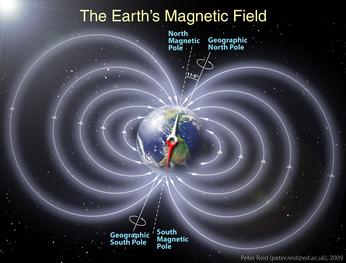
When scientists discuss the weakening of Earth’s magnetic field, they refer to a steady, measurable drop in its overall strength.
Over the past two centuries, data reveal the field has declined by about 9%.
This is not a minor fluctuation but a significant trend that scientists are tracking with growing urgency.
Recent studies summarized by ScienceAlert underscore the reality—and potential consequences—of this ongoing geomagnetic weakening.
3. The South Atlantic Anomaly: A Growing Concern
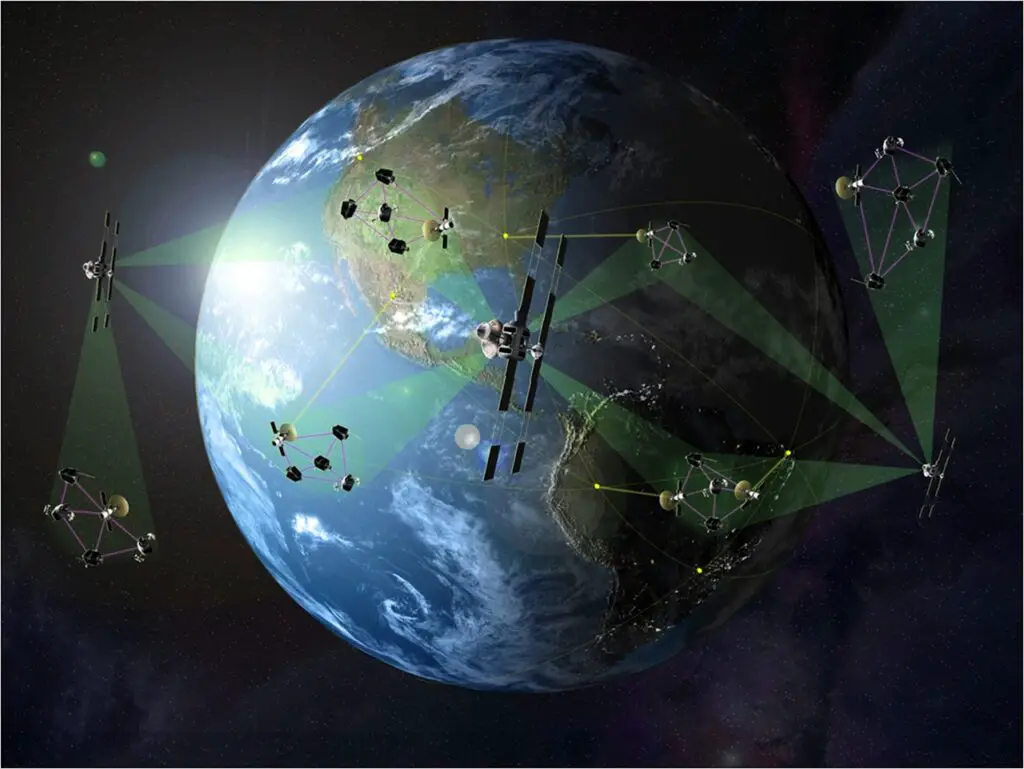
The South Atlantic Anomaly (SAA) is a vast region stretching over South America and the South Atlantic Ocean where Earth’s magnetic field is at its weakest—and it’s expanding.
This anomaly exposes satellites and even the International Space Station to higher levels of radiation, risking malfunctions or data corruption.
Engineers must sometimes shut down sensitive instruments as they pass through the SAA.
Scientists from the European Space Agency are closely monitoring this region, as detailed on the ESA’s official SAA page.
4. Measuring Changes with Satellite Data

Modern satellite missions are revolutionizing how scientists study Earth’s magnetic field.
The ESA’s Swarm constellation consists of three satellites that continuously map fluctuations in the field, both globally and in trouble zones like the South Atlantic Anomaly.
Advanced instruments can detect even subtle shifts, providing real-time insights into the field’s strength and structure.
Continuous monitoring is crucial for predicting future changes and mitigating risks to technology and human activity.
Learn more from the ESA Swarm mission overview.
5. The 9% Decline: What Data Reveals
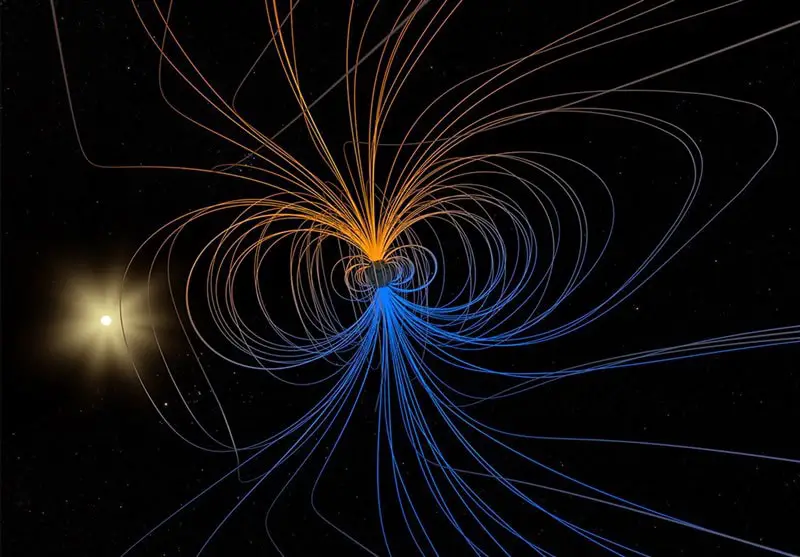
Extensive geophysics research shows that since 1840, Earth’s magnetic field has weakened by roughly 9%.
Scientists have charted this decline using historical records, satellite observations, and modern data visualizations that reveal a clear downward trend.
This steady weakening is not uniform—certain regions are affected more than others.
To dive deeper into the evidence and see the visual trends, consult Nature’s article on magnetic field weakening.
6. Why the South Atlantic Anomaly Matters
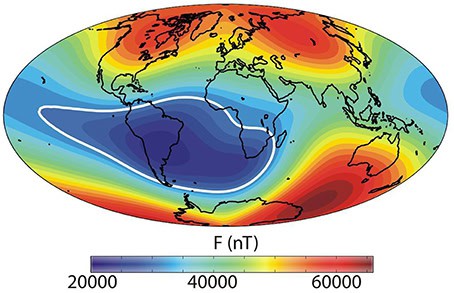
The South Atlantic Anomaly is more than a scientific curiosity—it’s a real hazard for satellites and spacecraft.
When passing through the SAA, satellites experience increased radiation, which can cause malfunctions, corrupt data, or even shut down instruments.
NASA has documented incidents where satellites temporarily lost functionality due to the anomaly’s effects.
As the SAA expands, these risks are growing more frequent and severe.
For more information on these challenges, read NASA’s update on SAA effects.
7. Magnetic Pole Reversals: Natural but Rare
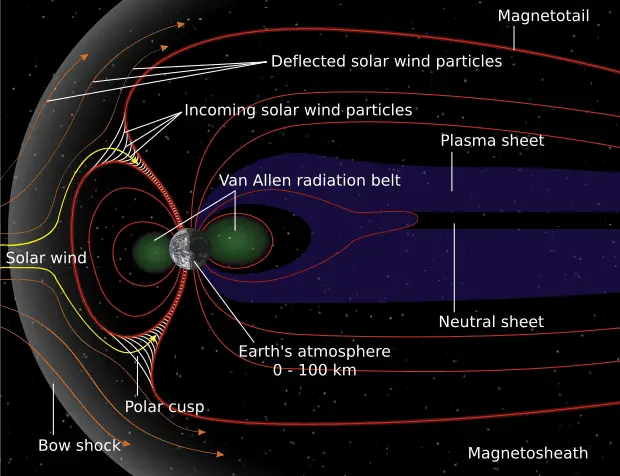
Throughout Earth’s history, the magnetic poles have reversed—swapping north and south—every 200,000 to 300,000 years on average.
These geomagnetic reversals are natural and have happened many times, though the last occurred about 780,000 years ago.
A notable weakening of the field often precedes such reversals, making today’s trend especially intriguing to geologists.
To learn more about the science and history behind pole reversals, consult this USGS guide to magnetic field reversals.
8. How a Reversal Unfolds
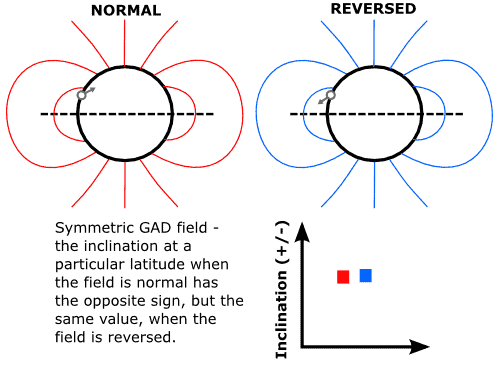
A magnetic pole reversal doesn’t happen overnight—it’s a gradual process unfolding over thousands of years.
During this time, the field’s strength fluctuates and may weaken further, but paleomagnetic records show that life on Earth has persisted through many such events.
Scientists debate the precise impacts, but there’s little evidence for catastrophic consequences.
Some myths exaggerate the dangers, while most geophysicists see reversals as a natural part of our planet’s history.
For more, read Scientific American’s overview of pole reversals.
9. Impacts on Navigation Systems

A weakening and shifting magnetic field can disrupt navigation systems that rely on magnetic compasses, affecting everything from handheld devices to aviation and maritime operations.
Airports must regularly update runway designations to reflect changes in magnetic north, and ships may need to recalibrate compasses more often.
These fluctuations add complexity to global navigation and safety protocols.
For pilots and aviation professionals, up-to-date guidance is available from the FAA’s magnetic variation documentation.
10. Consequences for Satellites and Spacecraft

Satellites orbiting Earth become especially vulnerable in regions where the magnetic field is weak, such as the South Atlantic Anomaly.
Exposure to high-energy particles can damage onboard electronics, disrupt communications, and compromise data integrity.
These issues force operators to take protective measures, like powering down sensitive instruments during high-risk passes.
Monitoring satellite health and radiation exposure is a growing priority, as outlined on the ESA’s satellite health page.
11. Effects on Animals and Migration

Many animals, including birds, sea turtles, and certain fish, rely on Earth’s magnetic field for navigation during long migrations.
Disruptions or shifts in the field can confuse these creatures, potentially altering their migratory routes and breeding success.
Scientists are closely studying how changes in magnetism might impact wildlife across the globe.
For a fascinating look at animal magnetoreception, see National Geographic’s coverage.
12. Atmospheric and Climate Connections

Researchers are investigating whether a weaker magnetic field could alter Earth’s atmosphere or climate.
There’s growing interest in how magnetic changes might shift aurora patterns or influence the ozone layer’s health, especially in vulnerable regions.
While direct impacts on climate remain debated, studies suggest there may be subtle atmospheric effects.
A recent article in Geophysical Research Letters explores the potential links between geomagnetic behavior and atmospheric changes.
13. Monitoring Tools: Beyond Swarm

While ESA’s Swarm satellites lead space-based monitoring, a vast network of ground-based magnetometers and other satellites also track Earth’s magnetic field in real time.
These global observatories provide valuable, continuous data from different locations, helping scientists detect both local anomalies and global trends.
One important resource is the International Real-time Magnetic Observatory Network, which brings together data from observatories worldwide to build a more complete picture of geomagnetic activity.
14. The Role of the Earth’s Core
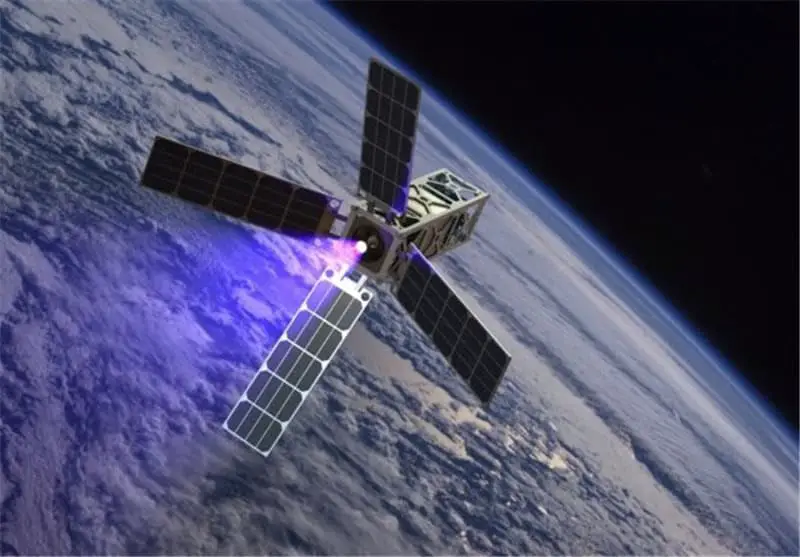
Earth’s magnetic field originates deep within the planet, generated by the swirling motions of molten iron in the liquid outer core.
These complex core dynamics create electric currents, which in turn produce the geomagnetic field we depend on.
Shifts or turbulence in the core can lead to the weakening or shifting of the field observed at the surface.
For a detailed look at the geodynamo process, see the USGS’s geodynamo explanation.
15. Potential Hazards for Technology

A weakened magnetic field leaves Earth’s technology more exposed to the effects of solar storms and energetic space weather.
Power grids can experience damaging surges, while communication satellites and aviation systems may face disruptions or outages.
As the field weakens, these vulnerabilities become more pronounced, increasing the risk to critical infrastructure.
To stay updated on current and forecasted space weather hazards, visit NOAA’s Space Weather Prediction Center.
16. Geomagnetic Storms and Human Health

Research indicates that geomagnetic storms may have indirect health effects, particularly for airline crews and astronauts exposed to increased radiation at high altitudes or in space.
Airlines monitor space weather to reroute flights and limit crew exposure during strong storms, while astronauts take additional precautions aboard the International Space Station.
Although the average person faces minimal risk, those working in aviation or space must stay vigilant.
Read more in NASA’s health advisory on space radiation.
17. Geological Records of Past Weakening
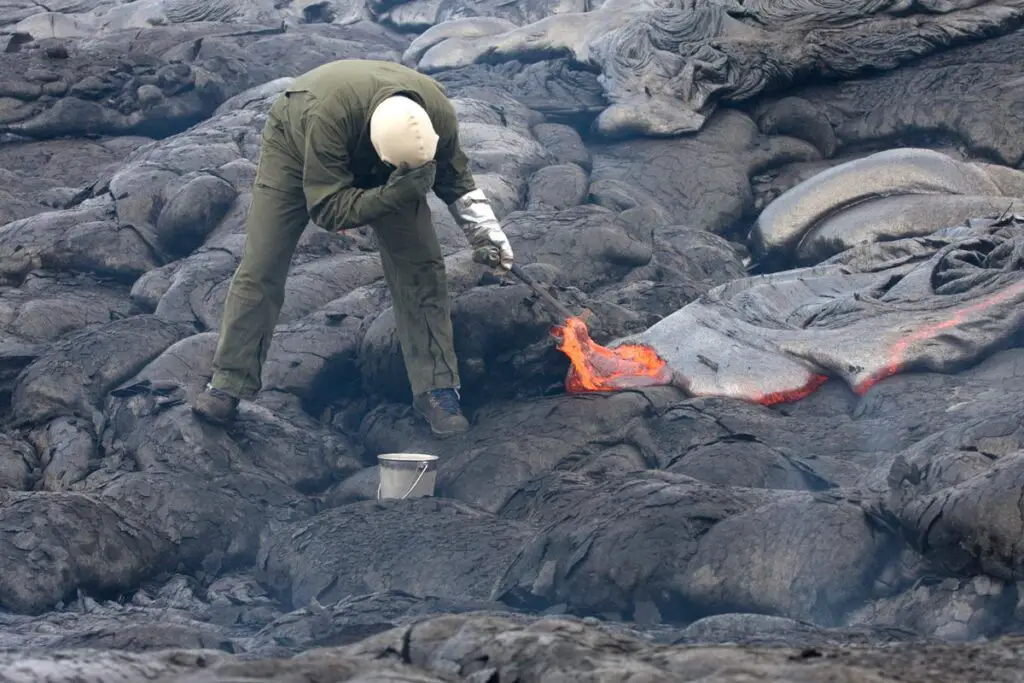
Scientists uncover evidence of past magnetic field changes by examining ancient lava flows and sediment cores.
These materials act as natural recorders, capturing the direction and strength of Earth’s magnetic field at the time they formed.
By comparing these geological records to modern observations, researchers gain valuable insight into the patterns and frequency of geomagnetic weakening.
For a deeper dive into how paleomagnetism informs today’s research, see AGU’s Eos article on paleomagnetism.
18. Modeling the Future Magnetic Field

Sophisticated computer models enable scientists to simulate and forecast changes in Earth’s magnetic field over coming decades.
These models incorporate satellite data, ground observations, and core dynamics to predict shifts in strength and direction, as well as the likelihood of future pole reversals.
Accurate projections are essential for planning and protecting technology and infrastructure.
Explore the latest research and interactive models at the British Geological Survey’s field modeling page.
19. Public Awareness and Preparedness
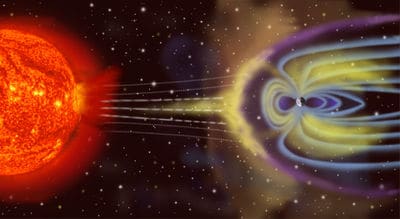
Raising public awareness about geomagnetic hazards is crucial as our reliance on technology grows.
Governments, scientists, and industry leaders are working together to educate communities, provide advisories, and develop risk management strategies.
Resources, such as official guides, help both individuals and businesses understand potential threats and prepare for geomagnetic events.
Find comprehensive information and updates on the USGS hazards page.
20. Debunking Common Myths

Despite alarming headlines, magnetic field weakening does not signal imminent disaster or sudden, catastrophic pole flips.
Scientific evidence shows that reversals are gradual and life on Earth has survived countless such events.
Doomsday scenarios are largely unfounded, and experts emphasize that the risks, while real, are manageable with preparation.
For a thorough breakdown of popular misconceptions, see the Live Science myth-busting article.
21. Ongoing Scientific Collaboration

The task of monitoring and understanding Earth’s magnetic field is a global effort.
Researchers, observatories, and space agencies worldwide share data and expertise to track changes and refine predictive models.
This collaboration ensures a rapid response to new discoveries and emerging risks.
Organizations such as the International Association of Geomagnetism and Aeronomy are central to coordinating these efforts and advancing our understanding of geomagnetic science.
22. The Future of Magnetic Field Research

The next decade promises exciting advances in magnetic field research.
Upcoming satellite missions, enhanced data collection, and more powerful computer models will offer unprecedented insight into the planet’s inner workings.
Scientists hope to unravel the complexities of the geodynamo and better predict future changes.
As technology evolves, so does our ability to safeguard society from geomagnetic risks.
Discover more about upcoming projects at ESA’s future Earth observation missions.
Conclusion

Earth’s rapidly weakening magnetic field is a complex phenomenon with far-reaching implications for technology, navigation, climate, and even biology.
Ongoing monitoring—through satellites, global observatories, and collaborative scientific efforts—is essential to understanding and preparing for future changes.
The stakes are high, from protecting critical infrastructure to safeguarding wildlife and human health.
Continued research and public engagement will be vital as we confront these evolving challenges.
Staying informed and supporting scientific initiatives ensures we’re ready for whatever changes our planet’s invisible shield may bring.



Vielleicht interessiert es Sie:
Wussten Sie! Minensuchratten auf dem Schlachtfeld und sie sind super effektiv!
Wie viele Giraffenarten gibt es? Leben sie alle in Afrika?
Der Vogel ist das Weibchen der Vögel: wahr oder falsch?
Warum bauen Biber Dämme? Welchen Nutzen?
Warum leben manche Tiere nachtaktiv? Welche Vorteile?
Küssen Tiere? Ist das die gleiche Bedeutung wie Menschen?
200+ Hilarious Seahorse Jokes That Will Make You Smile and Giggle
200+ Funny Investment Jokes to Boost Your Financial Humor Game